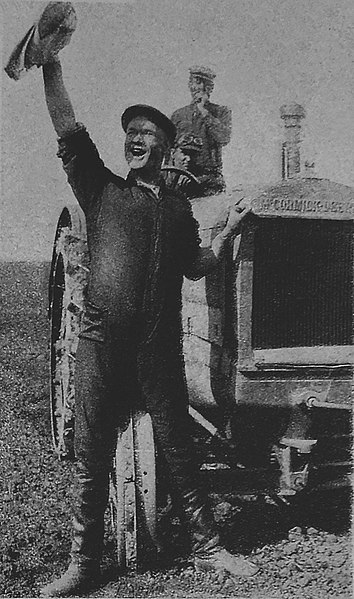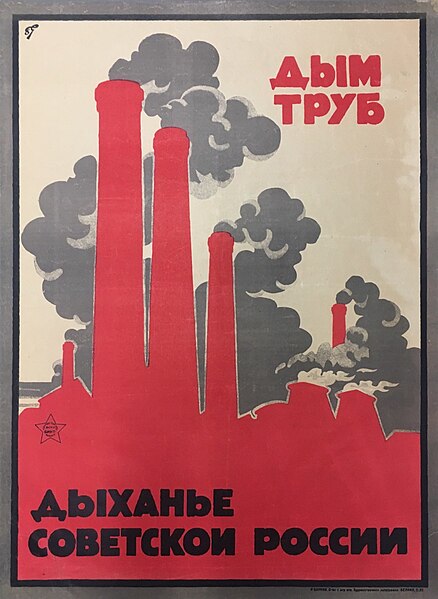Hujum refers to a broad campaign undertaken by the Communist Party of the Soviet Union to remove all manifestations of gender inequality within the Union Republics of Central Asia. Beginning in the Stalinist era, it particularly targeted prevalent practices among Muslims, such as female seclusion from society and female veiling practices. While it was often symbolized by the burning of the veils that Muslim women wore, the removal of veiling practices was not the campaign's sole goal. The Party began re-emphasizing their message of women's liberation within class consciousness. By abolishing Central Asian societal norms and heralding in women's liberation, the Soviets believed they could clear the way for the construction of socialism. The campaign's purpose was to rapidly change the lives of women in Muslim societies so that they would be able to actively participate in public life, formal employment, education, and ultimately membership in the Communist Party. It was originally conceived to enforce laws that gave equality to women in patriarchal societies by creating literacy programs and bringing women into the workforce.

Sart woman wearing a paranja (Samarkand, between 1905 and 1915)
Caricature on Islamic spousal relationship from Azerbaijani Molla Nasraddin magazine (right - noble Azeri couple in Paris, left - on their estate in the Caucasus)
Soviet poster from the Russian Civil War years with appeal to Muslim women
"Statue of a Liberated Woman" representing a woman tearing off her veil, Baku, Azerbaijan.
History of the Soviet Union (1927–1953)
The history of the Soviet Union between 1927 and 1953 covers the period in Soviet history from the establishment of Stalinism through victory in the Second World War and down to the death of Joseph Stalin in 1953. Stalin sought to destroy his enemies while transforming Soviet society with central planning, in particular through the forced collectivization of agriculture and rapid development of heavy industry. Stalin consolidated his power within the party and the state and fostered an extensive cult of personality. Soviet secret-police and the mass-mobilization of the Communist Party served as Stalin's major tools in molding Soviet society. Stalin's methods in achieving his goals, which included party purges, ethnic cleansings, political repression of the general population, and forced collectivization, led to millions of deaths: in Gulag labor camps and during famine.

Propaganda shows the use of tractors (in this case McCormick-Deering 15–30) as a backbone of collectivization. Soviet Ukraine, 1931
Early Soviet poster: The smoke of chimneys is the breath of Soviet Russia
1950 postage stamp: a class of schoolchildren. On a banner on the wall is written, "Thank you, dear Stalin, for our happy childhood!"
"Foreigners in Leningrad" by Ivan Vladimirov (1937), depicting Young Pioneers








